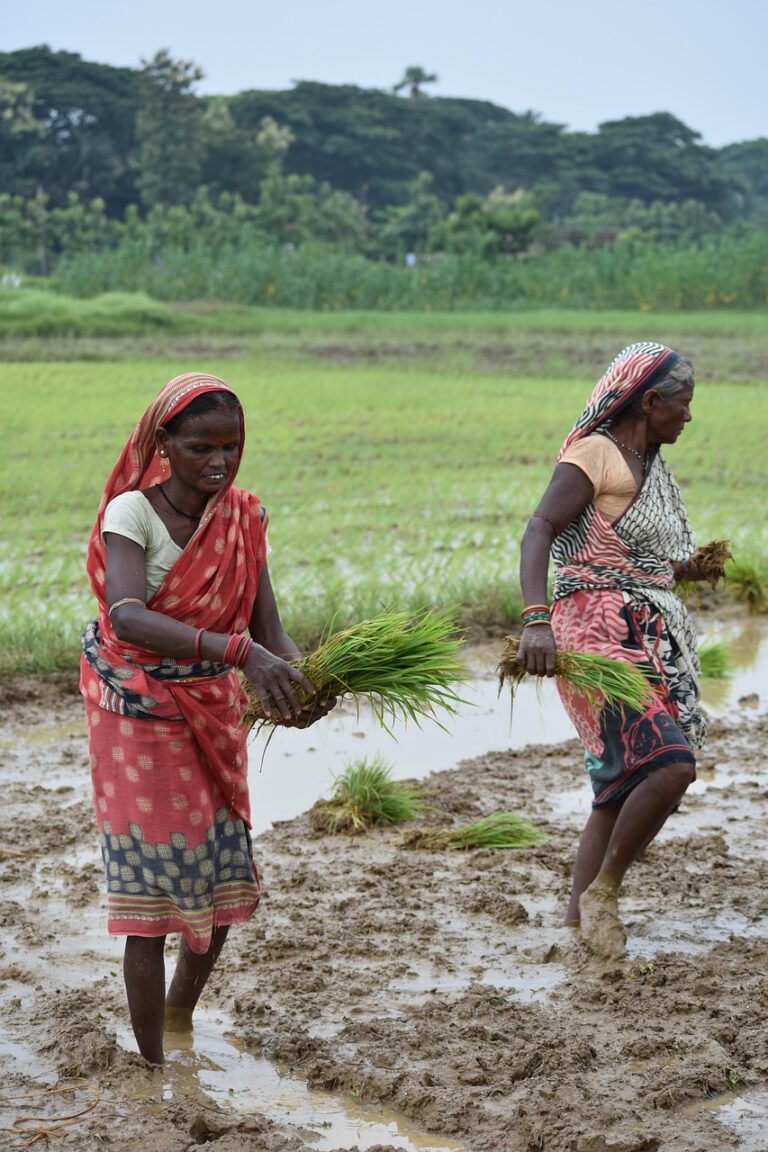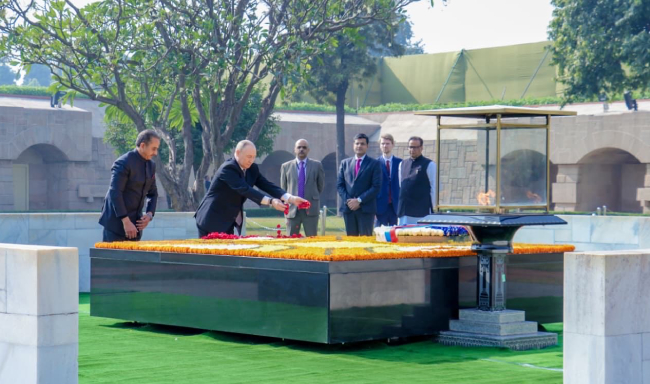
Mukesh Chandrakar
Bijapur/Geneva: The dead body of missing Chhattisgarh journalist Mukesh Chandrakar was recovered from a newly constructed septic tank belonging to an influential contractor based in the Chattanpara area of Bijapur, local media persons informed. The contractor is accused of a road scam that Mukesh had exposed on a satellite news channel.
Mukesh (30), who made daring media reports on corruption and insurgency in central India, went missing on January 1, 2025, and his family members lodged a police complaint. A seasoned journalist, Mukesh used to run a YouTube channel named Bastar Junction and enjoyed millions of views.
“It’s unfortunate that a young media person is seemingly targeted for his string reporting on powerful corrupt people. Incidentally, Mukesh Chandrakar becomes the first journalist to be killed this year across the world. We demand a fair probe to identify the culprits behind his killing and subsequent punishment under the law. PEC urges Chhattisgarh Chief Minister Vishnu Deo Sai to take personal interest to deliver justice to the bereaved scribe’s family as early as possible,” commented Blaise Lempen, president of the Geneva-based global media safety and rights body, Press Emblem Campaign (PEC).
PEC’s South Asia representative Nava Thakuria informed that Mukesh worked in several media outlets including a satellite news channel. He made a mark in investigative journalism while reporting on the misappropriation of funds in various government projects in his locality. The courageous journalist also faced wrath from the ultra-left insurgents, who remained active in Bastar district, and finally, Mukesh established himself as a strong voice for the deprived section in the society.
“New Year has brought sad news for the Indian media fraternity as a young scribe was found murdered in Bijapur in Chhattisgarh on January 3, 2024,” Thakuria said.
Meanwhile, whereas India recorded 4 journo-murders, the global casualty of media workers reached 179 across 25 countries in 2024.
PEC revealed in its annual report that this was a record and almost three-quarters of the victim journalists were murdered in conflict zones. December 2024 was particularly deadly with 20 journo-deaths, stated the PEC adding that the increase in 2024 compared with 2023 (140 media casualties) under the same criteria was around 28%.
In India, all the media victims in 2024 were from central India, where Uttar Pradesh witnessed the first killing of journalists (Ashutosh Srivastava on May 13, 2024), followed by Bihar (Shivshankar Jha on June)25), Madhya Pradesh (Salman Ali Khan on September 17) and again in Uttar Pradesh (Dilip Saini stabbed to death on October 31).
India’s immediate neighbour Pakistan, which recorded 3 journo-murders in 2023, lost 12 media workers to assailants in 2024, namely, Jam Saghir Ahmed Lar, Tahira Nosheen Rana, Muhammad Siddiq Mengel, Mehar Ashfaq Siyal, Kamran Dawar, Nasrullah Gadani, Khalil Jibran, Hasan Zaib, Muhammad Bachal Ghunio, Nisar Lehri, Janan Hussain and Malik Zafar Iqbal.
India’s other neighbour, Bangladesh, witnessed the murder of Hasan Mehedi, Shakil Hossain, Abu Taher Md Turab, Tahir Zaman Priyo, Pradip Kumar Bhowmik, Tanjil Jahan Islam Tamim and Swapan Kumar Bhadra. Formerly East Pakistan, the country lost only 2 journalists in 2023 along with Afghanistan and the Philippines with 2 journo-casualties each.
Nepal also recorded the killing of Suresh Bhul in 2024.
In the southeast Asian region, atrocious military rulers of Myanmar perpetrated the untimely deaths of Ko Myat Thu Tun, Htet Myat Thu and Win Htut Oo, where Indonesia (Sempurna Pasaribu) and the Philippines (Maria Vilma Rodriguez) witnessed the killing of one journalist each.
Conflicts in the Middle East were responsible for more than half of the journo-deaths in 2024. They claimed the lives of 91 journalists: at least 80 in the Gaza Strip, 6 in Lebanon, 4 in Syria and 1 in the West Bank. In total, the hostilities in Gaza since 7 October 2023 have killed at least 161 media workers, an unprecedented toll for a conflict in such a short space of time.
Outside the Middle East and Ukraine, Pakistan had the highest number of journalists killed – 12 between January and December 2024.
In 2024, the war in Ukraine resulted in the deaths of 19 Ukrainian journalists (most of whom had joined the army) plus one foreigner (Ryan Evans of Reuters in Kramatorsk). To this must be added the death in custody in Russia on October 10, of Ukrainian journalist Victoria Rochtchina, making a total of 21 victims.
Russia had 7 journalists killed (including three in Ukrainian territories occupied by Russia and one in Kursk). In Bangladesh, unrest in July left 7 journalists dead. The situation remains very dangerous in Mexico, where 7 journalists have been killed.
Hostilities in Sudan caused the death of 6 journalists. In Colombia, 4 media workers were killed, 3 in Iraq and 3 in Myanmar (Burma). Two journalists were killed in Somalia, two in the Democratic Republic of Congo (DRC) and two in Haiti. Cambodia, Chad, Ecuador, Honduras, Indonesia, Jamaica, Nepal and the Philippines, followed with one fatality in each country.
In ten years, the PEC has counted 1,159 victims, an average of 2.25 per week. Over the last five years, the most dangerous countries have been Gaza/West Bank (166), Ukraine (59), Mexico (55), Pakistan (36) and India (32).
By continent in 2024, Asia’s Middle East region had the highest number of victims (92): Gaza, Lebanon, Syria, West Bank and Iraq), while in other Asian countries, the death figure stood at 31.
Europe followed with 28 journo-deaths in Ukraine and Russia. Latin America recorded 17, and Africa had 11 deaths.
In addition to the Middle East, there has been a deterioration in Asia from one year to the next (31 deaths compared with 12). On the positive side, there were fewer victims in Latin America in 2024 than in 2023 (16 compared with 20).
“We condemn all these crimes, committed in violation of international laws and national legislations. Independent investigations are essential to clarify the circumstances and prosecute those responsible in order to combat impunity. The heavy death toll (heaviest since the beginning of the century), reinforces the need for an international instrument which clarifies the conditions for the protection of the profession of journalism in conflict zones,” commented Blaise Lempen, president of the PEC.
A journalist by profession and based in Switzerland, Lempen asserted that the PEC will continue to work on this without interruption. Unlike other international organizations, he stated that the PEC includes in its statistics all journalists killed, whether or not their deaths were related to their professional activity as it’s very difficult to prove that a crime was committed in connection with a journalist’s work without a full and independent investigation, which is often lacking.
– global bihari bureau





